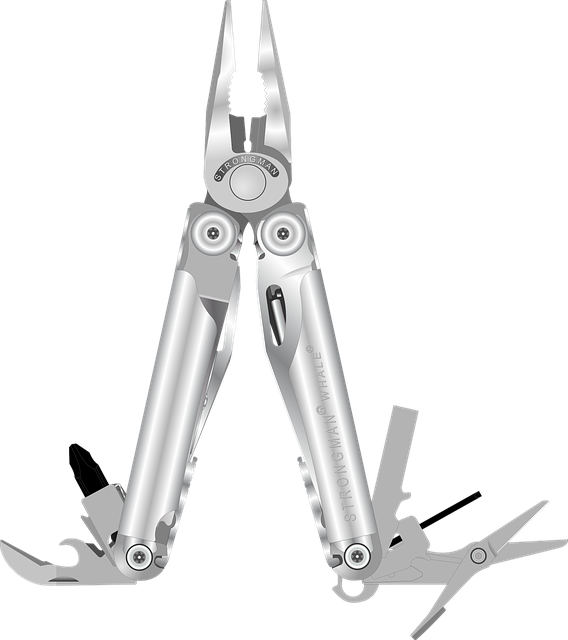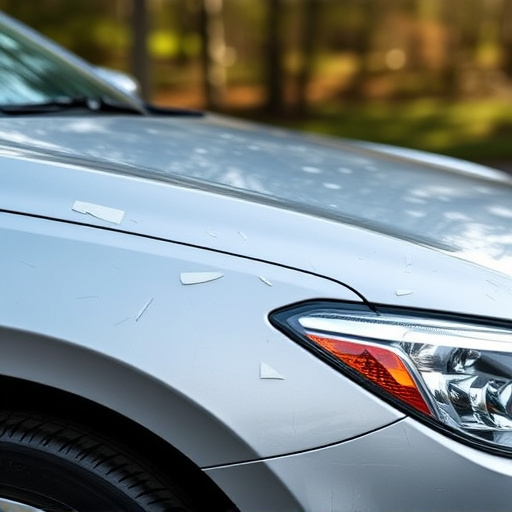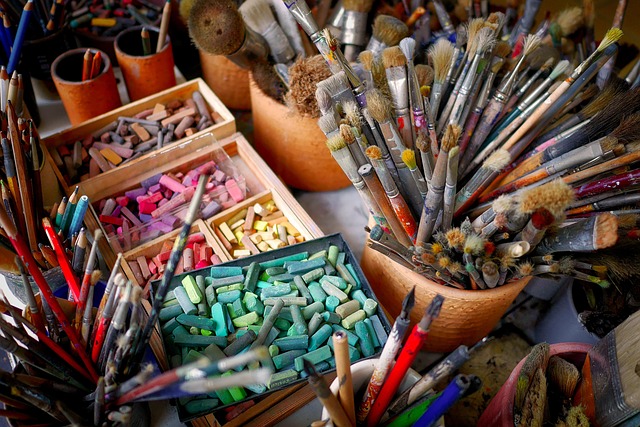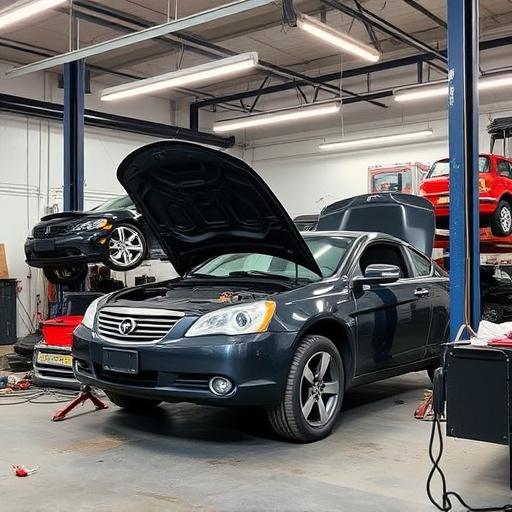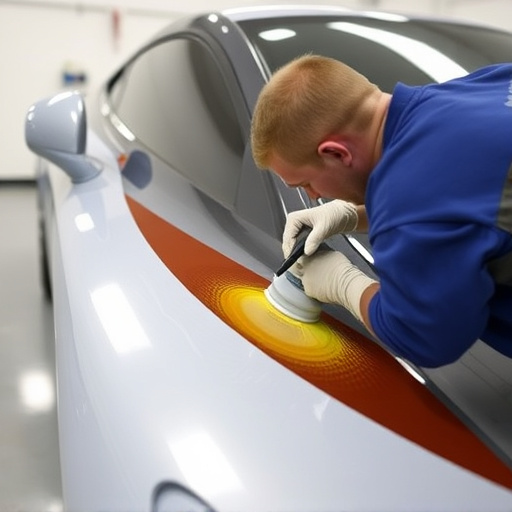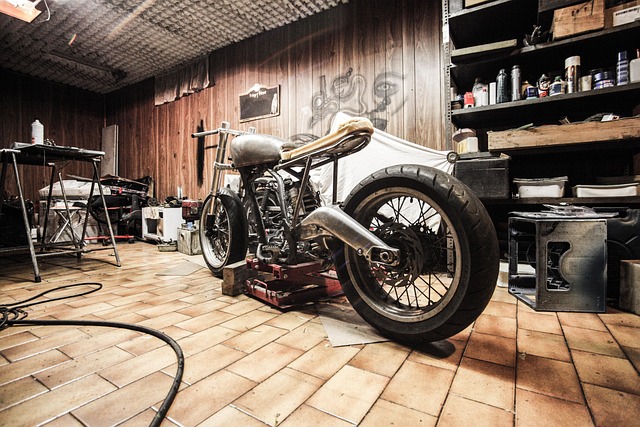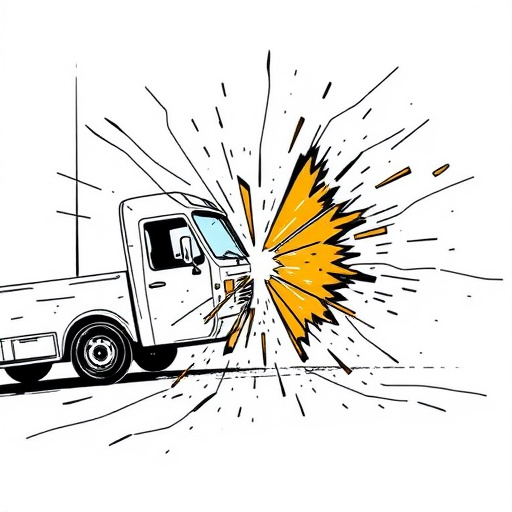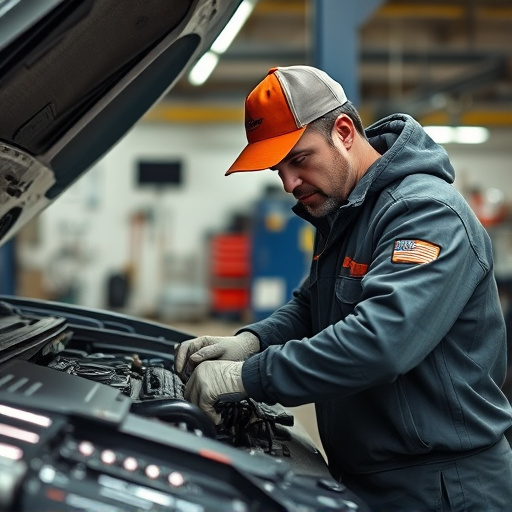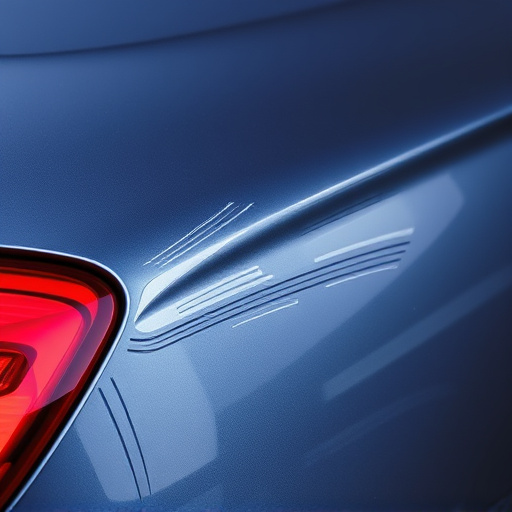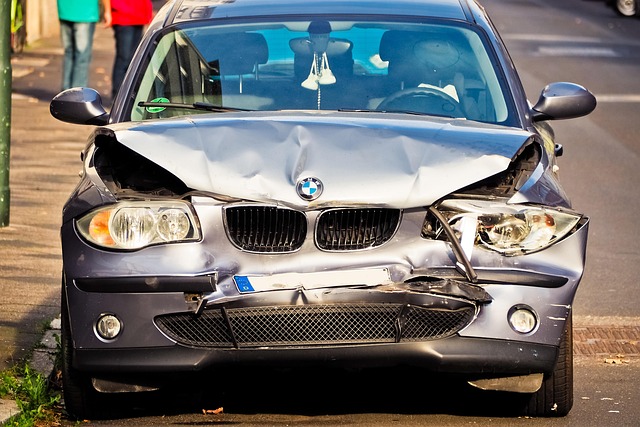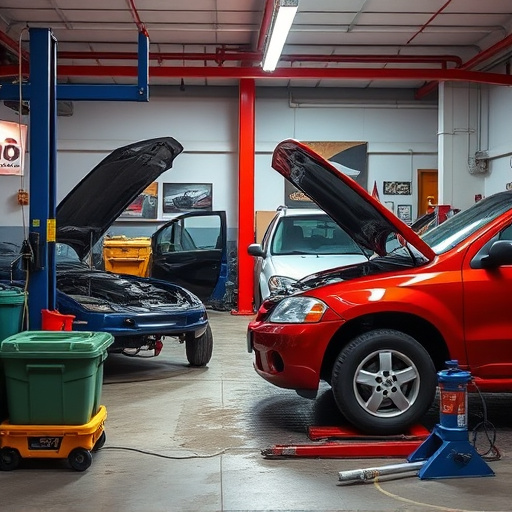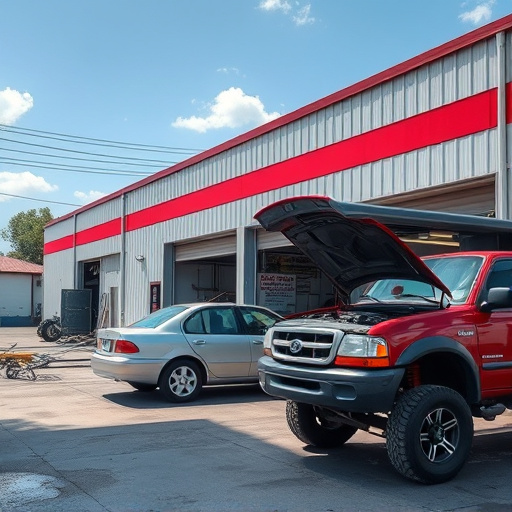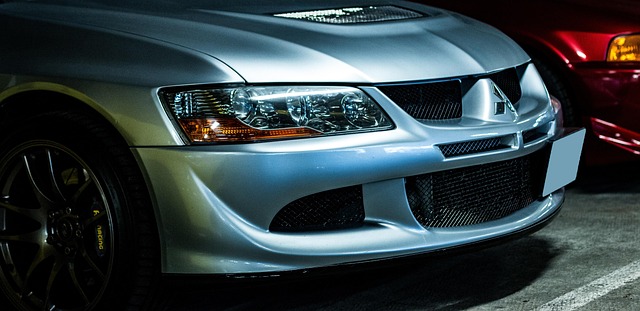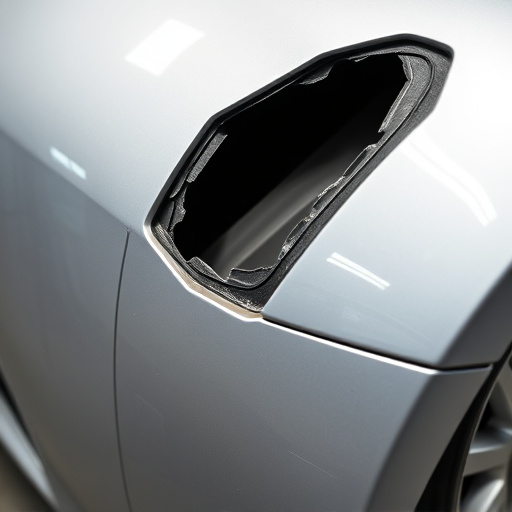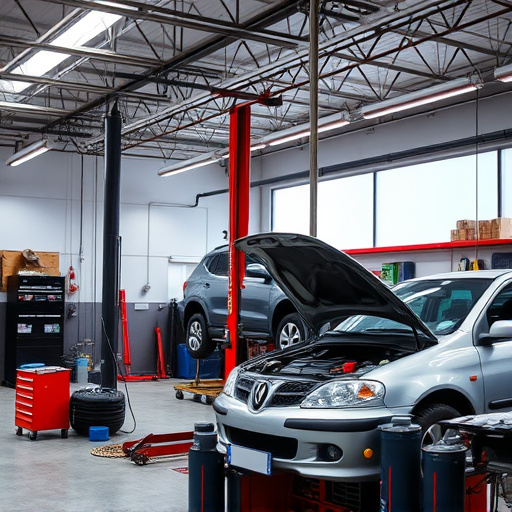Tri-Coat paint repair offers a sophisticated restoration process for severe damage, using three layers of high-quality paint for exceptional results. Meticulous preparation includes inspecting and cleaning the surface to ensure durability. It clarifies misconceptions about complexity and cost, emphasizing the importance of choosing a qualified technician for optimal aesthetic and functional restoration without compromising quality.
Before considering tri-coat paint repair, understanding the process and anticipating potential questions is crucial. This article guides you through the intricacies of tri-coat paint repair, addressing common concerns and offering practical solutions. From preparing your vehicle for application to comprehending the multi-layering technique, this comprehensive overview ensures you’re well-informed. Learn how to navigate this advanced restoration method effectively, enhancing both aesthetics and longevity of your vehicle’s finish.
- Understanding Tri-Coat Paint Repair Process
- Common Concerns and Their Solutions
- Preparing Your Vehicle for Tri-Coat Application
Understanding Tri-Coat Paint Repair Process
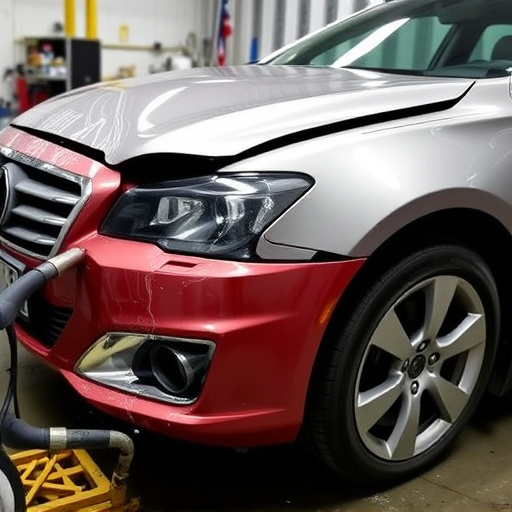
Understanding Tri-Coat Paint Repair Process involves grasping the intricate steps designed to restore a vehicle’s exterior to its original condition. This advanced technique, often sought after in top-tier auto repair shops, is particularly valuable for car collision repair and classic car restoration. It begins with meticulous preparation, where the damaged area is thoroughly cleaned and assessed. Any underlying issues are identified and addressed before applying the first coat of paint.
The tri-coat system consists of three layers: a base coat, primer, and final top coat. Each layer serves a specific purpose, enhancing adhesion and ensuring long-lasting results. The base coat provides color and protection, while the primer prepares the surface for the final top coat, offering a smooth finish that matches the vehicle’s original paint job. This meticulous process not only repairs damage but also protects against future fading, chipping, or blistering, making it a preferred choice for those who demand high-quality auto repair services.
Common Concerns and Their Solutions
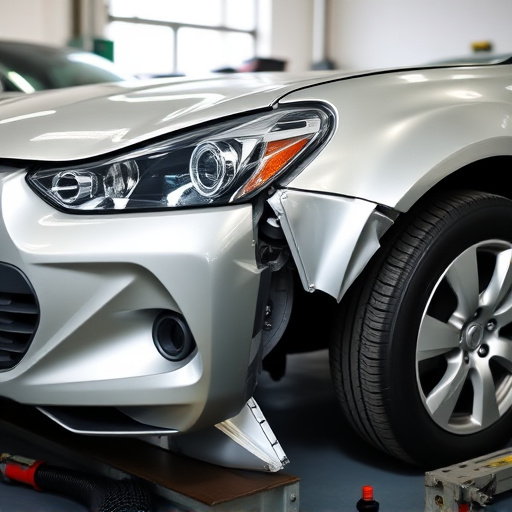
Many customers approach tri-coat paint repair with certain reservations, often stemming from a lack of understanding about the process or its potential outcomes. One common concern revolves around the idea that tri-coating is an overly complex and expensive procedure. However, it’s essential to clarify that this technique is specifically designed for severe paint damage, such as deep scratches, dents, or areas where the paint has completely peeled off. In such cases, a single coat might not be sufficient to restore the car’s original appearance. Tri-coating involves three layers of high-quality paint, each carefully applied and cured, ensuring a seamless blend with the existing color and texture. This meticulous process yields exceptional results, restoring the vehicle’s exterior to near-factory standards.
Another worry often expressed by clients is the potential for hidden costs or unforeseen issues during the repair process. To address this, reputable car bodywork services offer transparent pricing structures, providing detailed estimates before beginning any work. Moreover, collision damage repair specialists are well-equipped to handle various challenges, from color matching to addressing underlying structural problems. By choosing a qualified technician or shop specializing in tri-coat paint repair and collision damage repair, customers can rest assured that their vehicles will receive the highest level of care, ensuring both aesthetic and functional restoration without compromising on quality.
Preparing Your Vehicle for Tri-Coat Application
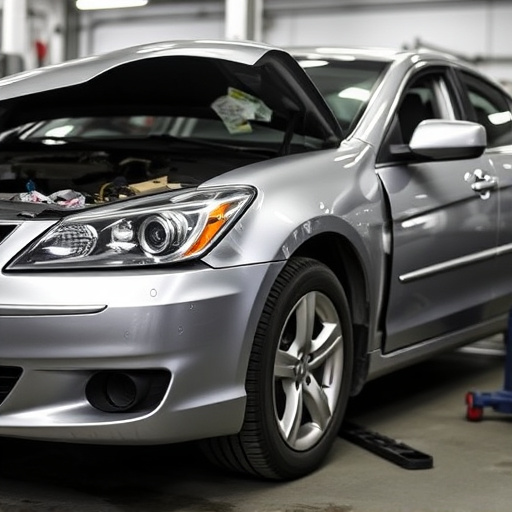
Before embarking on a tri-coat paint repair, it’s crucial to prepare your vehicle properly for optimal results. This involves a meticulous process that begins with a thorough inspection of the damaged area. Identify and address any existing issues like dents, scratches, or rust, as these can affect the final finish. Autobody repairs should focus on restoring the car’s surface to ensure a smooth base for the tri-coat application.
Next, clean the affected panel thoroughly to remove any dirt, grease, or debris. A clean surface is essential for achieving a durable and high-quality finish. Consider taking your vehicle to a collision center where professionals can perform these tasks accurately, ensuring your car is ready for the advanced tri-coat paint repair process.
Before opting for tri-coat paint repair, understanding the process, addressing common concerns, and properly preparing your vehicle are essential steps. By asking the right questions and following these guidelines, you’ll ensure a smooth and effective tri-coat application, revitalizing your vehicle’s look and protecting its surface for years to come.
